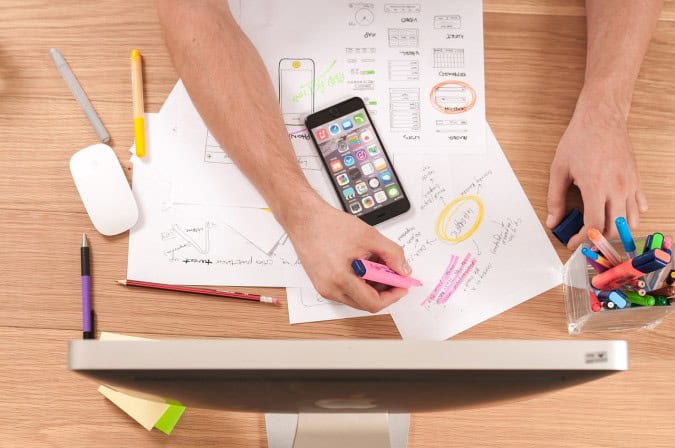
How to choose the right approach — from Throwaway to Evolutionary.
Selecting the right prototyping model is one of the most practical decisions a project manager can make. Each model offers a different balance of speed, flexibility, and fidelity. The right approach helps manage risk, clarify requirements, and maintain stakeholder engagement throughout the project lifecycle.
The Main Prototyping Models
Throwaway (Exploratory) Prototyping
Used when requirements are unclear or evolving. Teams create quick, inexpensive models to explore ideas, gather user feedback, and test assumptions — then discard them. Ideal for early discovery, UX testing, or proof-of-concept work.
Evolutionary Prototyping
In this model, the prototype grows into the final product through continuous iteration. Common in Agile environments, each version builds upon the last until the end product emerges.
Incremental Prototyping
Divides large systems into smaller, testable components. Each module is built, validated, and integrated separately, allowing parallel work and early demonstrations.
Functional Prototyping
Built to validate technical performance and feasibility, functional prototypes simulate real-world operation — common in hardware and engineering projects.
Decision Table: Choosing the Right Model
| Project Context | Recommended Model | Best For | Reason for Selection |
|---|---|---|---|
| Ambiguous / unclear requirements | Throwaway Prototyping | UX or requirements discovery | Quick learning and low commitment |
| Emergent or changing requirements | Evolutionary Prototyping | Continuous refinement | Allows flexibility during change |
| Clear but complex requirements | Incremental Prototyping | Large systems or modular projects | Parallel development and integration |
| Performance or feasibility testing | Functional Prototyping | Hardware or engineering | Validates technical capability early |
| High-risk, high-cost projects | Spiral Model | Enterprise or mission-critical work | Integrates prototyping with risk control |
Beyond project complexity, the type of product you’re developing also influences which prototyping model will deliver the most value.
Choosing by Product Type or Goal
The right prototyping model also depends on what kind of product you’re creating and what risk you need to reduce — technical, usability, or design.
| Product Type / Goal | Recommended Model | What It Helps Validate |
|---|---|---|
| Complex hardware or devices | Functional Prototyping | Performance metrics, durability, and technical feasibility — e.g., ‘Will the robot arm bear the required load?’ |
| Modular software systems | Incremental Prototyping | Integration between components and efficiency of parallel development — e.g., ‘The payroll module works; now integrate inventory.’ |
| Innovative products or startups | Evolutionary Prototyping | Market fit and evolving user needs; early MVPs can be refined continuously from real data. |
| User interface (UI) or UX design | Throwaway Prototyping | Workflow, layout, and usability; quick mock-ups are discarded once user experience is finalised. |
| Large-scale construction or design | Scale / Physical Modelling | Spatial relationships, form, and aesthetic impact — e.g., ‘How does the new wing sit with the existing building?’ |
Summary
Choosing the right prototyping model depends on what you need to learn, how fast you need to learn it, and the risk you can tolerate. Throwaway models uncover early insights; evolutionary and incremental sustain long-term development; functional and spiral ensure technical confidence. Together, they form a toolkit for turning uncertainty into clarity.
See also: Prototyping in Project Management | Spiral Model | MVP | Proof of Concept